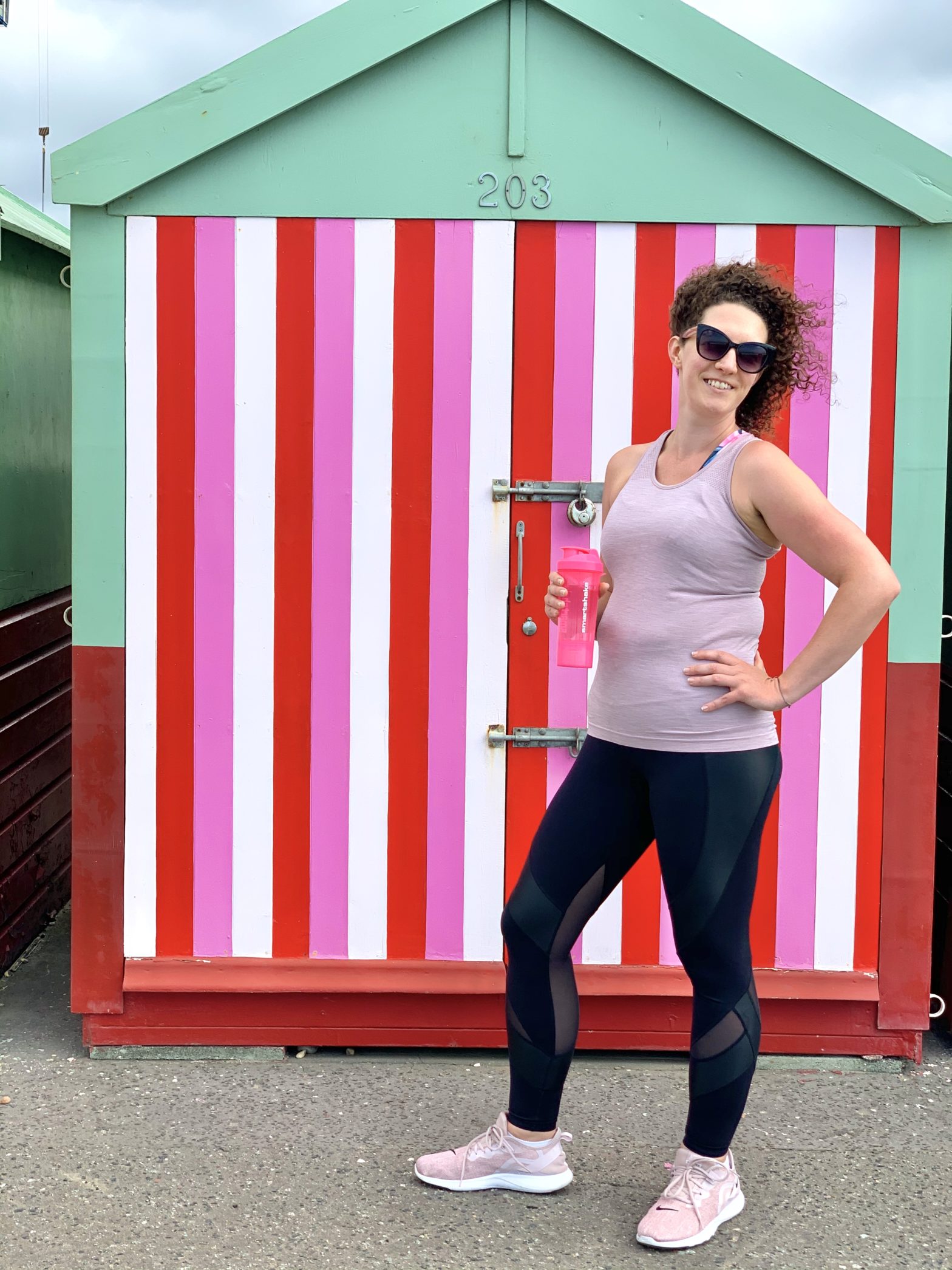The fitness industry has a reputation for being both prescriptive and judgmental. During the last few years, there has been a push from some demographics to instigate change, working against the industry’s history of lack of diversity in terms of size, shape and ethnicity of participants and leaders. The industry is also known for pushing certain ideologies – that thin is best being among them, as well as “no days off” and “never miss a Monday” and other guilt-trips along the lines of intensity and frequency of participation.
These reputations, coupled with many people (women in particular) having a bad start in life when it comes to sporting participation, have created significant hesitancy among women and girls, who are disincentivised from taking part.
As the fitness industry slowly becomes aware of how toxic it is, there is finally move towards change and, just with all other industries, it’s slow to come, and there are growing pains. Someone once told me that in order to change something, you have to be part of it, and I told myself this as I signed up for an instructor training course which would allow me to teach a set of branded fitness classes tied to a well-known campaign.
The classes are pitched at women who are beginners, and who are anxious about entering a fitness space. The course involved one day of face-to-face content, most of which I think is assessment, as the majority of the learning is done in advance (I’ll come back to why I’m mixing tenses here).
I love this campaign and I really wanted to be part of it, as well as being keen to learn something new and create another opportunity to get myself out there. The online materials were supplied a lot later than I’d have liked, and I cracked on with the theory learning first. I found it disappointing straight away, as some of the content was far too basic, and it very much glossed over aspects I think should be covered in detail, such as motivation and barriers to entry – a lot of fitness instructors have either forgotten what it’s like to be new and nervous, or have never experienced it, because they were in the group for whom school PE was a good time.
The content gives clear guidance on how to offer adaptations for participants who need options, but these are still generally done via the traditional fitness terms of “progression” and the icky “regression”. And this is where the wheels started to fall off for me: who says it’s a regression? If we’re truly treating everyone as an individual and accepting their abilities for where they’re at, there shouldn’t be a regression, because we shouldn’t set a standard in the first place. I stewed on this one, but it’s such standard language that we need a much bigger conversation.
The part where I truly lost my shit with the organisation and the course was when it came to protocols for teaching the different movement styles offered. Not only is one of them referred to as “Tone” (a word which participant after participant uses, yet most of us within the fitness industry loathe, because it’s an utterly abused term – there is a medical use for “tone” with relation to muscle, but it is a long way from meaning what the fitness industry tries to use it as), but this style also involves the use of equipment, such as hand weights. Which are described in the course materials as an option which is “non-intimidating”.
And that, dear reader, is about when I spontaneously combusted. Because how dare they? Who gave them the right to decide what counts as “intimidating”? This language comes from a place of such privilege that it’s astonishing. It’s ableist. It’s discriminatory. It’s wholly inappropriate.
The list of things which anyone finds intimidating within the fitness space is a long one. At various points in my own fitness journey, I have found all sorts of items intimidating, from a squat rack and a barbell to cable columns and even a membership card.
It isn’t anyone’s decision other than an individual’s as to what counts as intimidating. To say otherwise is to invalidate someone’s experience, and achieve the very opposite of welcoming them in.
Can you imagine standing at the front of a class and telling a group of people that you’ve chosen to offer them hand weights today, as they’re not intimidating? You wouldn’t do it, would you? Partly because it’s ridiculous, but more because it’s wildly inappropriate. And, as many of our parents have told us: if you wouldn’t say it to someone’s face, don’t say it at all.
Two tips for those who think they’ve nailed it in terms of appreciating exactly how intimidated people outside of the fitness arena are…
- Find someone who doesn’t participate in physical activity. Ask their permission to have a conversation with them. Then ask what scares them the most about activity, shut your mouth, and listen. Really listen
- Take a step back. And another. And about 50 more. You are now nearer to figuring it out. All of the things that you do without thinking about them, without putting a significant effort in; every single one of those requires phenomenal resource from other people. This is what’s known as privilege on your part. You have a lot of it. Check it
The fitness industry has a long way to go. I’m going to get to work. But not on via the programme I mentioned above: 10 days before my practical day, they contacted me having to cancel it, so I obviously can’t speak to that element of the training – it may be wonderful! Rather than re-book for another time, I cancelled my place and decided to move in a different direction.
